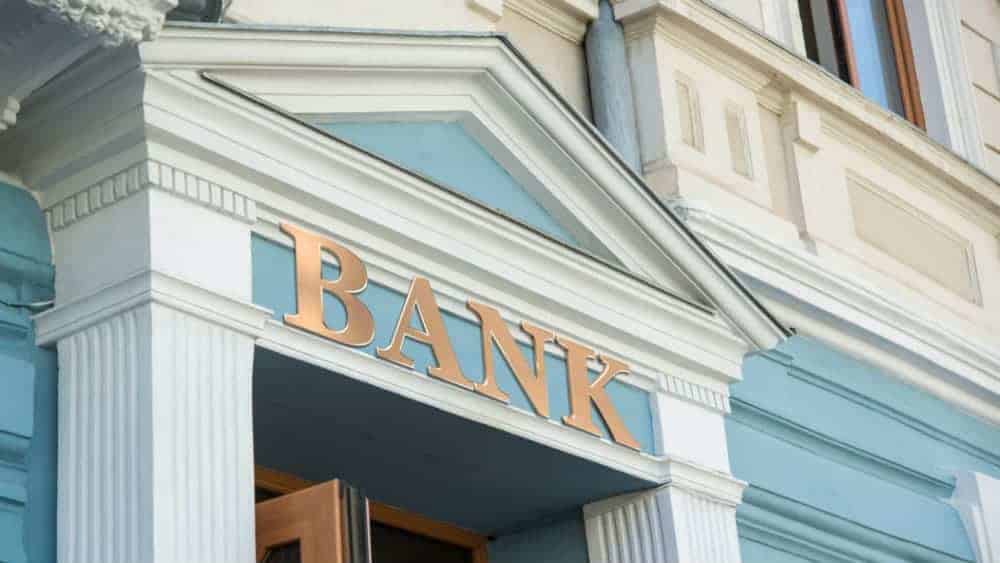Canadian bank investors have bid farewell to 2019 — a year that was decidedly unkind to Canada’s largest financial institutions.
Heading into 2020, investors can expect more of the same as credit looks to normalize. Rising provisions for credit losses (PCLs), small net interest margins (NIMs), which could shrink further should the Bank of Canada (BoC) end up cutting interest rates, sluggish loan growth, and a potential rise in restructuring costs.
Investors need to realize that just because 2019 is over doesn’t mean the page has been turned for the Canadian banks. We’re still in the midst of a vicious credit downturn, and those expecting the banks to make up for lost time are likely to be disappointed, as any improvement to earnings is expected to be modest, as the current downturn has the potential to extend over many years.
While 2019 was a forgettable year for Canadian bank investors, it separated the well-prepared banks from the ill-prepared.
It’s been a long time coming to transition into the next credit cycle, and those banks that were overly aggressive (with easier loans) during the upswing are now paying the price with amplified adverse effects that come with a credit downturn.
That means soaring provisions, among other difficult-to-control issues that could devastate top- and bottom-line numbers.
Canadian Imperial Bank of Commerce (TSX:CM)(NYSE:CM), the fifth-largest Canadian bank, lived up to its reputation as a perennial underperformer, with a series of underwhelming quarters in 2019.
While challenging conditions were a common theme for all Canadian banks, CIBC took it to the next level. For its latest quarter, skyrocketing loan-loss provisions took a major toll and adjusted diluted EPS numbers fell 5% year over year to $2.84, falling short of the already muted analyst expectations of $3.07.
Add a $135 million impairment charge from the sale of FirstCaribbean into the equation and it’s evident that CIBC is having a much harder time navigating the rough banking waters than many of its peers.
It’s been such a hard time that a significant (and expensive) restructuring may need to occur. CIBC CEO Vic Dodig hinted at a possible restructuring charge, noting that it’s “a possibility” in 2020 as risks mount.
With alarmingly high PCLs and potentially soaring expenses, investors should steer clear of shares despite their “discount” relative to that of the industry average.
CIBC smells like a value trap and those looking to bag a bargain may be better served by looking at one of CIBC’s better-positioned Big Five peers.
At the time of writing, CIBC stock trades at nine times next year’s expected earnings. While it may seem cheap, investors need to realize that the stock can and likely will become much cheaper as headwinds continue to take their toll. Amid a credit downturn, I see CIBC as one of the riskiest banks to own, even at these depressed valuations.
With that in mind, I’d take a rain check on CIBC and its 5.3% dividend yield and watch for shares to plunge another 10% to its next meaningful technical support level at $99.









